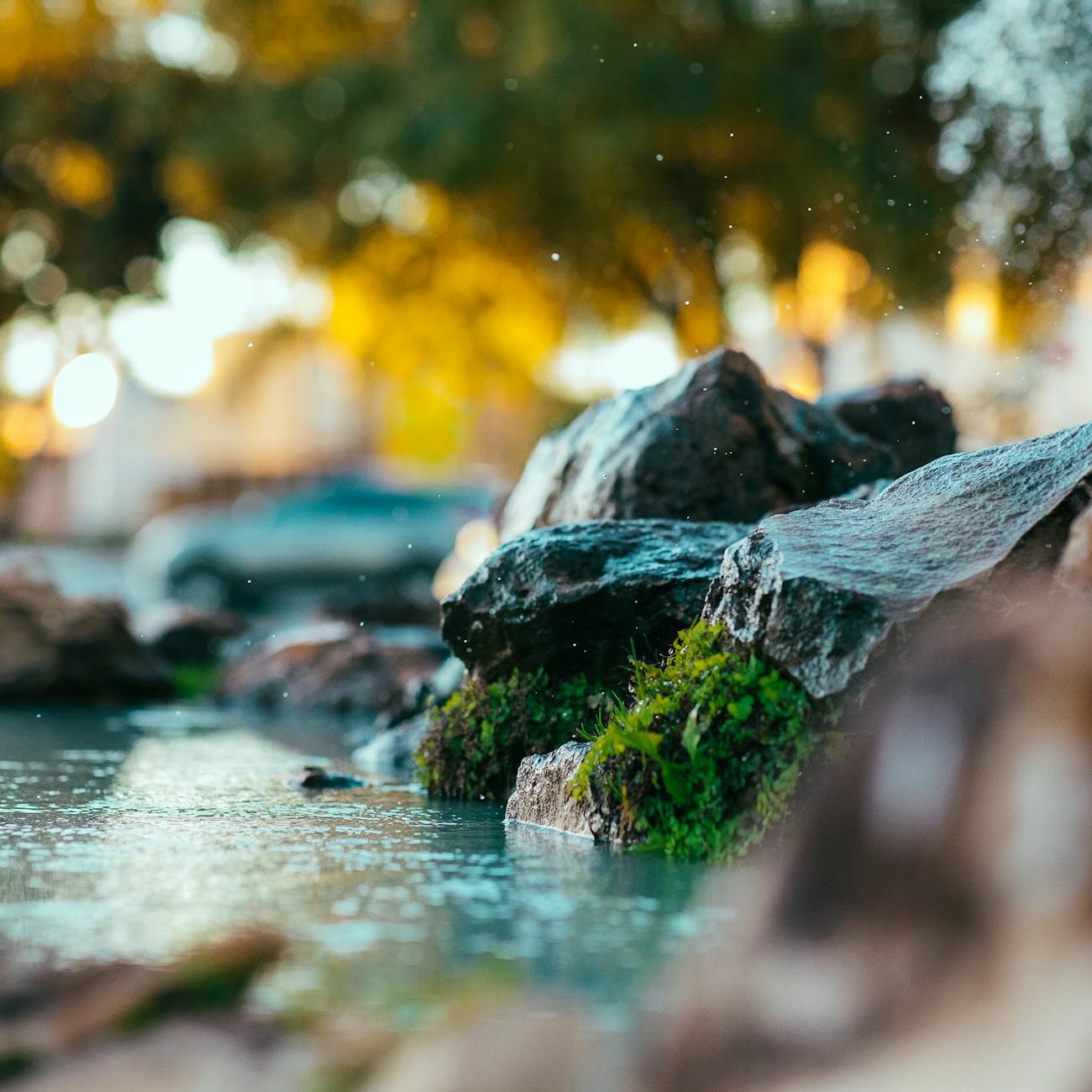UPDATE: 23 May 2025
This topic began as a creative writing to explore what it would be like to have a fusion of religions. There is no official formal religion or philosophy called Adonaikido, but this writing and supporting documents explore what that could be like. The original post on this subject from 2008 was developed into this page content below which remains mostly unchanged.
Summary
Adonaikido is a way of life that combines Eastern wisdom and the graceful forms of martial arts (such as Tai Chi) along with the spirituality of various Biblical and world religions. Central to the mission and faith of Adonaikido is the belief that the world is inevitably headed toward an optimistic future as depicted by the painting shown here which is inspired by the prophetic writings of Isaiah in the Bible.

Mission
The personal and organizational mission of Adonaikido draws from Kabbalah and is stated as follows: “As we study together and encourage each other, in cleaving to G-d (love/universe/light), our shared goal is to become more effectively equipped with wisdom (Chochmah), understanding (Binah), and knowledge (Da’at) so that we can act with kindness (Chesed) in doing good deeds (Mitzvot) for the repairing of the world (Tikkun Olam).”
More specifically, the mission of Adonaikido is to holistically empower all people to achieve their greatest potential so they may cooperatively work together in bringing permanent healing and peace to the entire earth which includes ensuring that the principles set forth in the The Universal Declaration of Human Rights are fully available to all people.
Holistic Balance
At the center of Adonaikido is a holistic balance and harmony of body, spirit, and soul. Adonaikido attempts to utilize all known universal energy, creation, wisdom, form, knowledge, motion, thought, education, and resources to serve and benefit all life on earth. The goal of Adonaikido is to bring about something as close to heaven on earth as possible. Another name for Adonaikido could be “Applied Judaism” because of the strong influence of Judaism. Judaism is essentially defined as an art, way, and science of being empowered and equipped to bring about healing, transcendence, and wholeness in self, family, community and the world.
View of God
Adonaikido views God differently than most mainstream religions. Based upon scientific observations of the natural world, Adonaikido doesn’t accept that God is all powerful. Otherwise, one must conclude that God allows destruction, harm, disease, natural disasters, and suffering to come to innocent people. Instead, Adonaikido acknowledges the influence of God within a larger interdependent system of natural laws that don’t seem to take into account human suffering. The complexity of life suggests a larger interdependent system influences events.
According to Adonaikido, natural disasters are not considered to be punishment from God, but instead the result of natural causes. In addition to natural causes, and the positive influence of God, there is also the influence of people’s thoughts and actions as well as, perhaps, (though not founded) the influence of angels or other supernatural forces.
Based on these views, God is understood to be loving, but limited. In this way, it can be understood why it is that bad things can happen to good people, and good things can happen to bad people. When horrible things happen in the world, one doesn’t respond by saying to those who are mourning and suffering, “Well, it must have been God’s will” or “God must have had a reason for this.” In Adonaikido, bad things that happen aren’t blamed on God, only the good in life is credited to God and those who work for good.
Prayer
This belief in a limited God influences the prayers of Adonaikido practitioners. The prayer is not, “God please fix this,” but instead “God please show me what to do to fix this and empower me to do so with strength and wisdom, and please help as you’re able.” In most situations, it is believe that we need to participate in the answering of our prayers.
Messiah
What makes Adonaikido unique is that the belief of a messiah is upheld in the form of a collective messiah. In Adonaikido, the phrase “We are the ones we’ve been waiting for” conveys the practical extension of Adonaikido theological thought regarding a messiah. While current and past leaders, teachers, prophets, and messianic figures may offer us strength, insight, faith, and inspiration, it is ultimately up to us to solve the world’s problems and bring about a restored earth. In Adonaikido, every age is considered to be the Messianic Era. However, many generations do not seize the moment. In the Messianic Era of Fulfillment, a generation (or multiple generations working together) will rise up and make use of the wisdom and transcendent powers they have been given. In this way, they will collectively and collaboratively bring about a new era. There are a few other secondary beliefs regarding the messiah held by practitioners of Adonaikido: (1) God is the Messiah, (2) the sacred scriptures are Messiah, or can, when embraced and lived out in compassion, become Messiah in us; (3) the spirit of messiah works in and through us. For more on this topic, read Candidates for the Position of Messiah.
Learn More
Below are links to learn more about Adonaikido.
